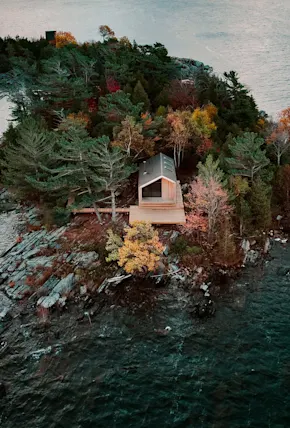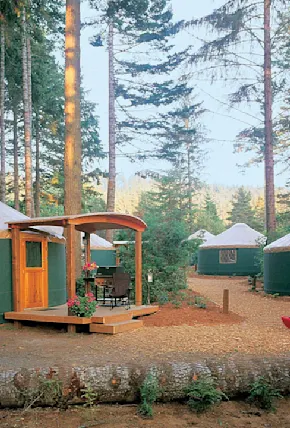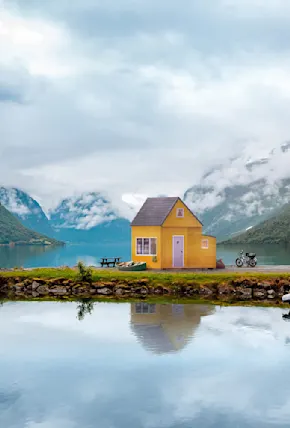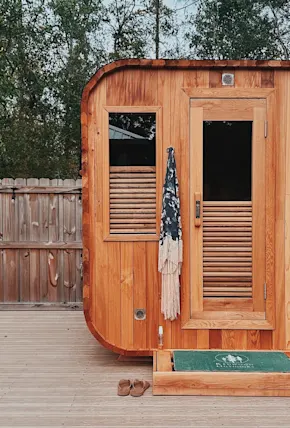How to Pick the Right Prefabricated Cabin Manufacturer
Look for a prefab home manufacturer who will provide high-quality materials, service, follow-up or aftercare services, and a warranty of 5-10 years. The company should also offer delivery and installation (even if you decide not to use them) with clear instructions on what you should expect and any heavy machinery needed for assembly. It’s a good idea to connect with the owners and/or designers of the cabin you plan to buy beforehand to establish the lines of communication and feel more confident about your purchase. Overall, try your best to establish a pleasant working relationship with the cabin manufacturer before, during, and after you buy. You can also ask other prefab homeowners to recommend builders in the area.
Who Makes Prefab Cabins?
A quick search will serve up a vast number of prefab cabins or cabin kits for sale, but it's tough to know which to trust. Prefab cabin kit companies make it easy for their customers to order and build their own prefab log cabin homes. And others deliver their prefabricated homes on a flatbed truck ready to be placed on site with a crane. Either way, really, once you have a suitable plot of land, choosing a reputable company to make your prefab cabin dreams come to life is the most important decision you can make.
Ideally, the company should be registered with the National Association of Home Builders or the International Log Builders' Association. In addition, they should use quality materials and employ skilled professionals, both in the manufacturing and in transportation. Lastly, they should provide excellent customer service (a quick scan through customer reviews can help you gauge this). Although it’s up to you to do diligence before you dive in head first. In case you missed it, check out our list at the top of the article to find our top picks of the best prefab cabin manufacturers.
Financing and Insuring
A factory built home may qualify for a Home Construction Loan if it meets the lender’s requirements, so you don’t have to pay the total cost upfront. As usual, this depends on the type of prefab construction and location, however, you can work with the prefab company to get all of the right information, such as detailed plans, specifications, home value, and hiring a licensed general contractor to sweeten the deal.
Utilities and Other Expenses for Prefab Homes
Before you buy, ask the manufacturer what is and isn’t included in your prefab cabin. While a modular log home might come move-in ready and assembled by a professional construction crew, a panelized prefab cabin could arrive on the scene half-finished and in need of finishing and fixtures, not to mention assembly in the first place. Or maybe it’s a prefab home that comes with that already baked into the total cost. As previously mentioned, others offer more flexibility to customize the home, leaving the remaining expenses up to you, which could be a cost-effective option or an opportunity to go big — choose your own adventure.
No matter how much is included, the unavoidable out-of-pocket expenses of a prefab home are always the cost of land and site survey, foundation, and utilities, such as water hookups, electricity, waste management and cable. Knowing that, you can budget accordingly for your dream home!































